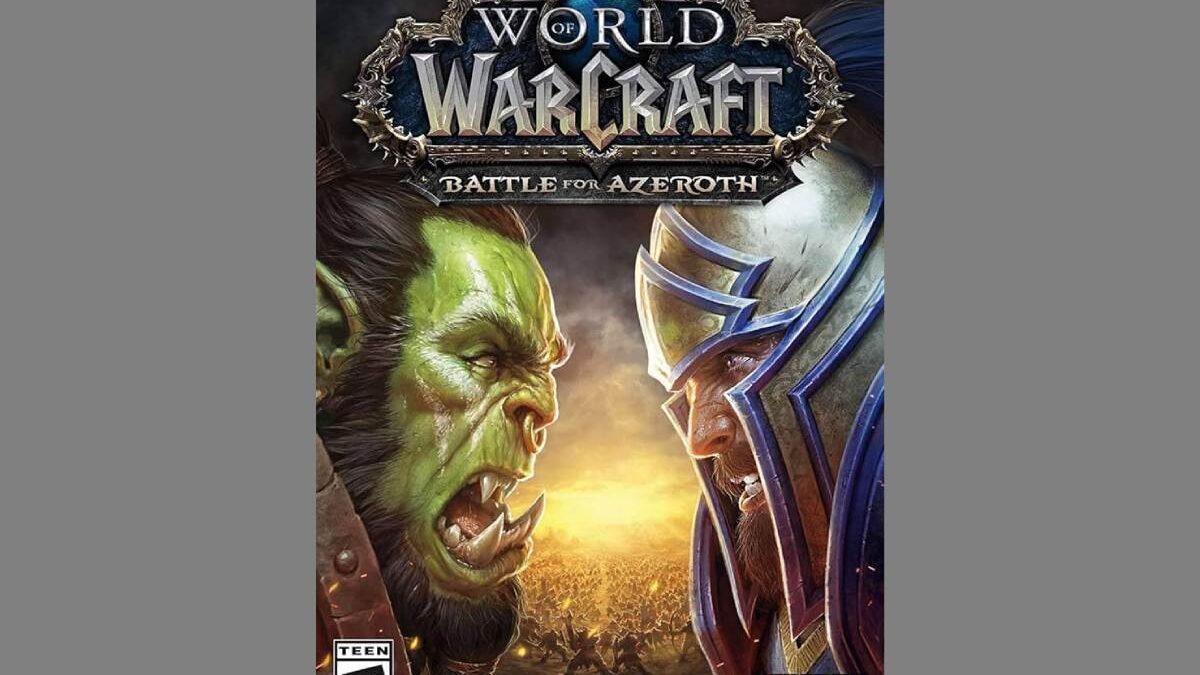World of Warcraft is rightfully considered one of the best MMO RPGs in the history of the gaming industry, and one of the reasons is the presence of a large number of activities that can be done in the game in addition to the standard functionality associated with pumping.
Far from all of these activities and mechanics, and therefore it is worth analyzing them all, in case the newcomers have not yet figured out the main points.
It is worth clarifying that the main points in games and the main mechanics that are not included in the training of the game itself can be gleaned not only from guides.
- Proper movement and positioning.
- Grind technique for mining gold and resources.
- Learning and applying skills to form good and effective builds.
- Tactics in PVP, how to properly enter the battle and lead it against one or several opponents.
- The passage of raids and the principles of the correct formation of a group when creating it and evaluating a ready squad – is it worth joining them so as not to fail the raid.
Table of Contents
Things to do in the World of Warcraft – obvious and not obvious activities
Quests
World of Warcraft offers Quests as activities that provide the main source of experience and teach basic game mechanics. NPCs give you instructions to learn about skills, experience, and resources, moving you gradually toward the Dragon Isles. We divide Quests into two types: main and secondary. Key NPCs issue the main quests; these tasks lead you through locations, level your hero, and guide your character’s correct development.
Secondary – optional tasks that carry only an additional reward and do not play a special role in the overall understanding of the game plot and character progress. The only thing worth clarifying is that secondary tasks do not have a clear and balanced reward and can reward players with both minor items and valuable resources. You need to evaluate quests by the potential reward and the time it will take you to receive it. The ideal combination is story and secondary tasks, if they are performed at the same location.
Hunting in game locations
One of the alternatives to game pumping with the help of quests is the classic hunting in locations for farming the corresponding level. Often, mandatory quests will lead you to profitable territory for single leveling and earning gold.
If you choose to hunt in a place where the monsters outnumber you by several levels, then you can provide yourself with a lot of experience, gold and additional materials and resources that you are unlikely to get by completing quests.
These are various resources that are needed for mastering professions and crafting – they can either be sold or put aside in your inventory or in a warehouse for the subsequent study of the chosen craft.
To collect resources alongside hunting, you must buy several tools. Gathering professions share slots with crafting. If you gather different resources, you might fill both profession slots. This would block any future plans to master a crafting skill. If you only want to focus on gold mining and avoid crafts, use two gathering professions. You will earn a lot of gold by selling all extracted materials to interested artisans.
To be able to collect ore and skins, you will need a pickaxe and a carving knife. They can be bought from the NPC associated with the profession system.
If you collect ore from rocks that can be found on the game map under the pickaxe mark, you will have a chance to get gems that can be sold to jewelers to create special stones. In this way, you will be able to supply resources to blacksmiths, who, in addition to producing weapons, armor and tools, also mount sockets into which they actually insert gems with additional parameters that are individual to each character.
Craft related professions
If you master one of the professions for collecting materials, then it is logical to choose a craft for it that can sell all the extracted resources and turn them into equipment, weapons, potions, scrolls, tools and other items useful to players.
You can combine the following professions to complete the full cycle of independent mining and production.
This bundle lets you cover part of the player market. The Blacksmith creates steel weapons and armor. They also craft tools for themselves and other artisans. Blacksmiths assemble sockets for stones that add characteristics. These items never lose their popularity or value in any game content updates.
This profession combination allows you to mine and use gems to create jewelry and stones with additional properties. You will not need the ore; you can simply sell it to other artisans. Jewelers create cages to catch elementals. No hero can go without these, as high-quality jewelry is essential for survival against enemy mages.
This combination is simple: you need a related profession to sell your resources. Leatherworking is as high in demand as the Forge. It prepares equipment for all heroes with the main attribute of agility. Leatherworkers also create special equipment like hats, helmets, and bags to expand inventory space.
Tailoring is a unique profession that allows you to sew magical outfits and various clothes using thread. The uniqueness is that this is the only production profession that does not require additional skills and tools to collect the necessary resources. You simply kill certain monsters and use the materials to make thread.
In this regard, you can combine this profession with any other. With Inscription, your character is probably a mage. Inscription lets you craft staves, the primary weapon for magic users. Reagents are required, but you can gather them easily through Fishing. Fishing is a common profession; every player can access it, regardless of their main profession slots.

